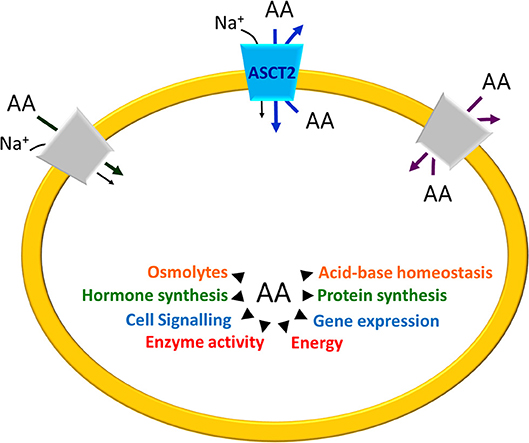

The ATOM records (lines) present the atomic coordinates for standard residues, i.e. Below the header section you can find the coordinates of the structure. Most of them begin with REMARK #, with # being a number describing the precise contents of the line. However, the first many lines are so-called header lines and contain various pieces of information about the structure. Try this.Ī PDB file is a text file and its primary content is the 3-D coordinates (x,y,z) of each atom in the protein structure. 2) and select “PDB File”, you can see the actual contents of the PDB file. ⇒ If you click the “Display Files” drop-down menu (top right in Fig. Have a look around to see which type of information is stored here. This will take you to the page showing this entry in the Data Bank (Fig. Which one did you choose? Why?Ĭlick on the PDB ID of the structure you chose. Notice that if a PDB entry has more than one ligand, there will be one line for each ligand in the resulting table.Ĭhoose the best structure that has sulfate ions bound. You should only choose the relevant ones, or your resulting table will be very large. You now get a very long list of possible parameters to include in a report. To create a table showing the parameters you wish to compare for selected structures, select “Custom Report” from the drop-down menu labeled “- Tabular Report -”. You only need one, so you will have to decide which one is the best to use. You should find more than one structure, which represents RGAE. Inspect your results.Īre all hits relevant if you are looking for a representative structure of the sequence shown in the UniProt entry? What would make you skip some of the structures?

⇒ Type "rhamnogalacturonan acetylesterase" (remember the quote marks) in the search field and press enter (or the magnifying glass icon to the right). Here we will just do a simple keyword search: One very useful feature here is the ability to search for structures using a search sequence. Other advanced options are found if you click the “Advanced” button next to the search field (blue arrow in Fig. You can search the PDB immediately from the front page using a keyword or a PDB ID in the search field (orange arrow in Fig.1), or you can do a more advanced search using the buttons next to the search field (green arrow in Fig. The opening page of the Protein Data Bank. However, we want a little more information than given here, so we need to go directly to the Protein Data Bank (PDB):įigure 1. If you scroll down further to the Cross-references section, you can find links to structures in the PDB.

⇒ Click on the Swiss-Prot entry (RHA1_ASPAC). ⇒ Enter the name of the protein: rhamnogalacturonan acetylesterase in the search field and click Go. It is one of several enzymes used by the fungus to degrade the plant cell wall when “attacking” a plant.įirst, we will find some background information about the sequence of the protein. You will work with the protein Rhamnogalacturonan acetylesterase (RGAE) from the fungus Aspergillus aculeatus.


 0 kommentar(er)
0 kommentar(er)
